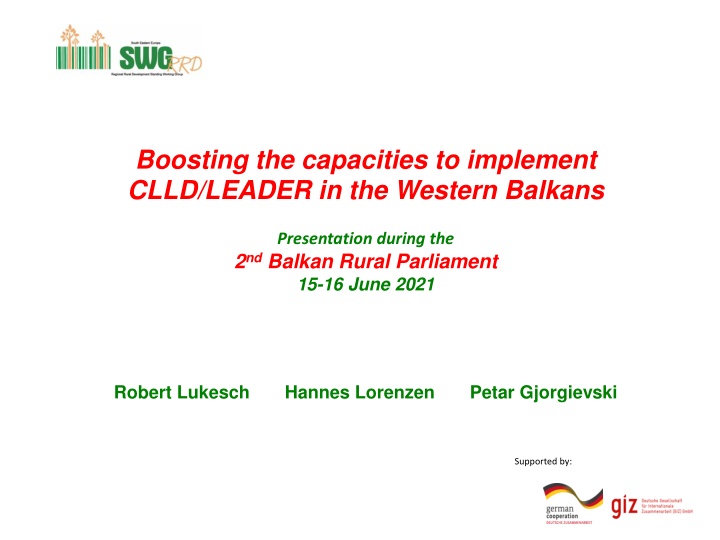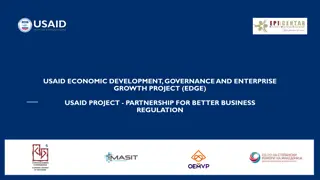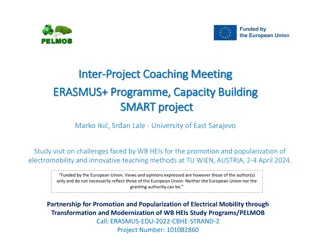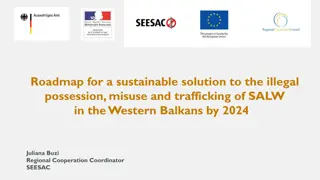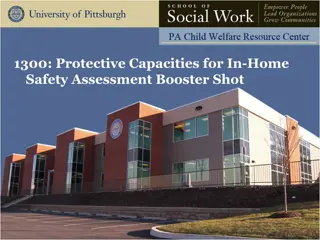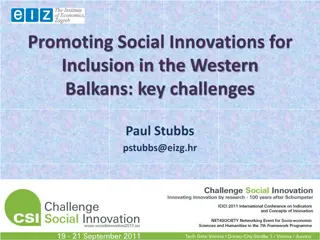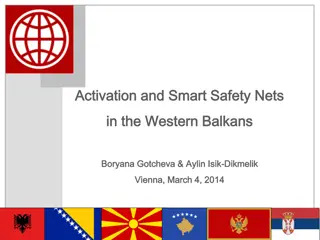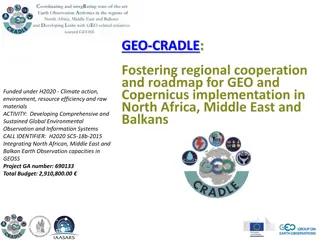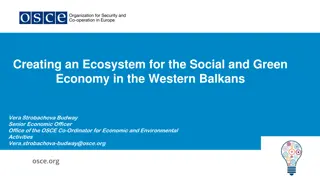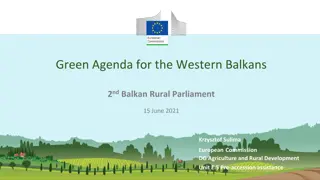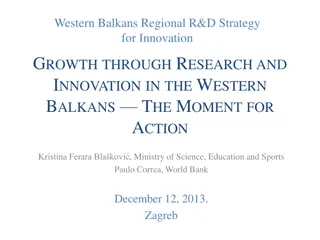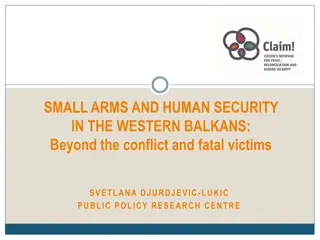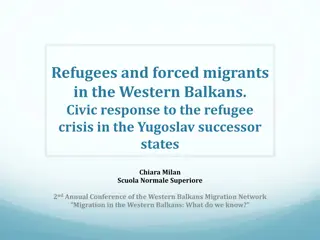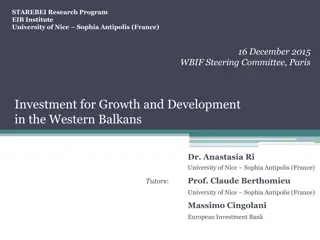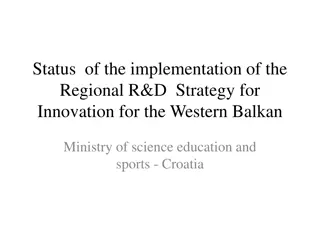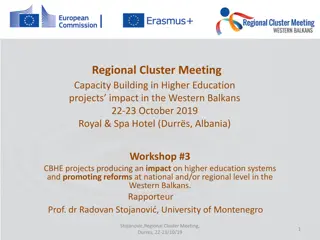Boosting Capacities for CLLD/LEADER in Western Balkans
Presentation on enhancing capacities for implementing CLLD/LEADER in the Western Balkans, focusing on progress, challenges, and future initiatives to support local actors and networks.
Download Presentation

Please find below an Image/Link to download the presentation.
The content on the website is provided AS IS for your information and personal use only. It may not be sold, licensed, or shared on other websites without obtaining consent from the author.If you encounter any issues during the download, it is possible that the publisher has removed the file from their server.
You are allowed to download the files provided on this website for personal or commercial use, subject to the condition that they are used lawfully. All files are the property of their respective owners.
The content on the website is provided AS IS for your information and personal use only. It may not be sold, licensed, or shared on other websites without obtaining consent from the author.
E N D
Presentation Transcript
Boosting the capacities to implement CLLD/LEADER in the Western Balkans Presentation during the 2ndBalkan Rural Parliament 15-16 June 2021 Robert Lukesch Hannes Lorenzen Petar Gjorgievski Supported by:
Standing Up for LEADER - Background After a thorough assessment across the SEE states concerning the state of the Application of the LEADER Approach in the Western Balkan Countries, the SWG published, in 2018, a booklet with a comprehensive description of the state of play and policy recommendations. The study is available for download under http://seerural.org/wp-content/uploads/2018/06/LEADER-Report-WEB.pdf The SWG intensified its efforts to follow up these recommendations by setting up a Regional Advisory Work Group (REAWG) in 2020 which met five times (three of them online). The aim was to establish Road Maps for CLLD/LEADER implementation in each country together with the key stakeholders at national (entity), local (LAGs and local initiatives) and intermediary level (national and regional rural networks). In spite of the hindrances posed by the pandemic during the same period of time, the seven road maps have been thoroughly discussed and developed. During this final gathering embedded in the second Balkan Rural Parliament session we want to give a new boost to the will and readiness to act in the sense of the road maps for implementing the CLLD/LEADER approachin Western Balkan countries, using IPARD III as well as other (national or donor-funded) resources in support of local actors, initiatives and networks.
Situation and Trends in SEE countries The preparative actions to establish the legislative and regulatory premises for IPARD accreditation are progressing in most countries, but far slower than expected. The good thing is that the importance to intensify efforts to make LEADER operational is acknowledged everywhere. The technical assistance measure of IPARD II has been used in Albania, North Macedonia and Serbia to build LAG capacities and strengthen communication and networking among rural actors. Hopes for accrediting the LEADER measure have been shifted to IPARD III (2021-2027) with considerable progress visible in North Macedonia and Serbia, to some extent in Albania, but lack of clear perspectives in the other countries. Local initiatives have taken the form of LAGs in Albania, North Macedonia, Serbia, others have been created in earlier donor-funded projects but are still missing the institutional framework conditions and financial support in which they would be able to operate properly (BiH, Kosovo), but in all countries there are local initiatives which are already trying or at least have the potential to morph into fully-fledged LAGs pretty soon. In Albania, North Macedonia and Serbia national schemes are supporting LEADER-like activities, in Kosovo such support is expected for later this year ( IPARD Light with EU/GIZ support); international donors are still an important source of funding in some countries. Awareness raising and capacity building activities are reported from Albania, Montenegro, North Macedonia and Serbia. In BiH and Kosovo there is the intention to revive networking and capacity building activities alongside renewed efforts of national stakeholders to create the required institutional environment.
Summing up (I) The pandemic has severely hampered the setting up and implementation of the CLLD/LEADER approach in all SEE countries. Unfortunately, it struck the most those countries which were already lagging concerning these efforts; in some countries the state of play today is even further away from making LEADER operational than three years ago when the first SWG assessment study on LEADER was published. The pandemic is certainly not the only reason why these efforts have slowed down or even been stalled. There are political and institutional shortcomings which have resulted in moving rural development and particularly the LEADER approach way down to the bottom of the priorities of stakeholders and decision makers. We think that the decentralised, participative, inclusive and multi-sectoral CLLD/LEADER approach would not only help meeting the challenges rural areas in the Western Balkans are facing in times of the pandemic, but would also strongly contribute to make these areas more resilient and responsive to the deeper structural problems they suffer from.
Summing up (II) It is therefore in the interest of all rural stakeholders and policy makers who aim at strengthening the economy and social cohesion in their countries to give the CLLD/LEADER approach a new boost and place it on top of the agenda: To create robust institutional structures and linkages for participating in EU pre- accession programmes, but also for devising complementary support schemes from national and donor budgets; To raise the awareness and build capacities of local actors who engage in local development initiatives and eventually in Local Action Groups; To strengthen the rural development networks to enable them to take over a good deal of these capacity developing activities, to foster dialogue across sectors, institutions, countries and entities, and to become co-creators of a rural policy which meets the needs and aspirations of all rural people and at the same time spearheads the national efforts for a balanced, climate-friendly and prosperous development of the whole Western Balkans. Who, if not empowered local communities will take care of their future?
